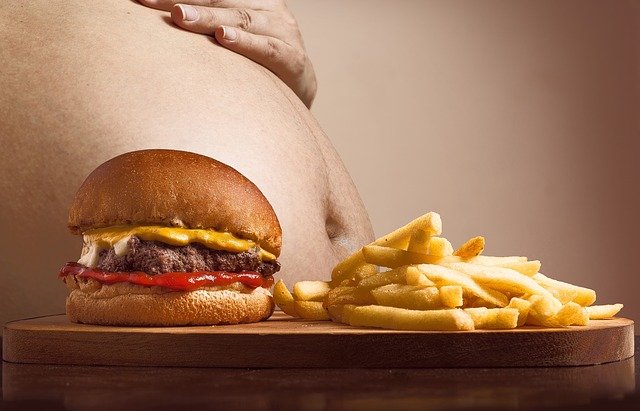
It’s well-known that obesity, diabetes and chronic inflammation are major risk factors for cancer.
But just how cancer evolves in people with these diseases — and why a healthy diet and exercising regularly can help prevent it — is poorly understood.
New research offers an intriguing theory: By providing an over-abundance of energy to cells, these diseases might super-charge their growth and cause them to become cancerous.
Much of the research that explores how cancer develops focuses on mutations that arise in non-reproductive cells, meaning that they are not passed down from parent to offspring; instead, they are only passed on to new “daughter” cells when a mutated cell divides within a tissue.
But a number of recent studies have suggested that these “driver mutations” are surprisingly common in normal cells, not just in cancers.
Healthy tissue has a built-in limiter that keeps cell proliferation in check. But an energy overload — common in diabetes, obesity, and inflammation — can overwhelm those guardrails.
The research was built on previous work that suggested an oversupply of energy may be one of those proliferation resources, used a computer model of cell evolution to simulate what happens when a tissue is flooded with energy.
They found that such an overload did indeed cause a cell production boom.
The study hints at a new explanation for how cancer evolves, particularly in the obese and other high-risk populations.
It may also help explain the inverse: why following a healthy diet and exercising regularly can reduce that risk.
While empirical studies are needed to confirm the findings, the study lays the groundwork for what could be an important advance in cancer prevention research — an area that deserves increased attention.
The lead author is John Pepper, a biologist with the National Cancer Institute’s Division of Cancer Prevention and an External Professor at the Santa Fe Institute.
The study is published in Evolution, Medicine and Public Health.
Copyright © 2019 Knowridge Science Report. All rights reserved.
Source: Evolution, Medicine and Public Health



